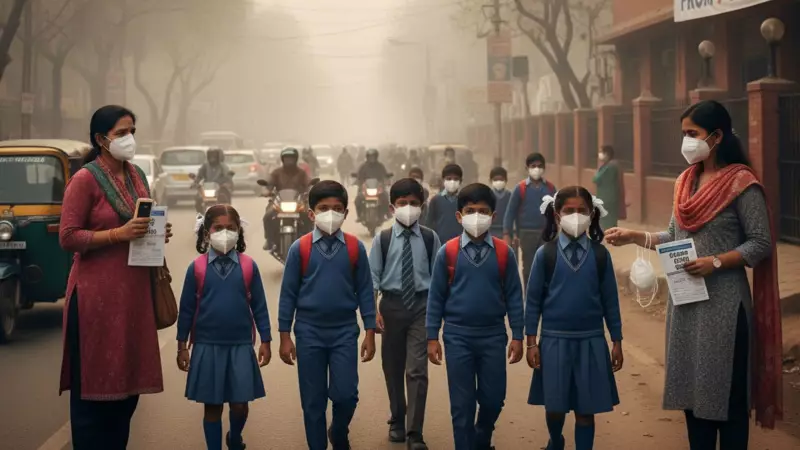
With Diwali 2025 approaching, schools across northern India are bracing for the annual pollution crisis that transforms the air into a health hazard. The combination of festive fireworks, seasonal crop burning, and adverse weather conditions creates a toxic smog blanket that poses severe risks to children's health.
Why Children Are Most Vulnerable
Medical experts emphasize that children face greater danger from air pollution due to their developing respiratory systems and higher breathing rates. "Young lungs are particularly susceptible to particulate matter, which can cause both immediate and long-term health damage," explains Dr. Priya Sharma, pediatric pulmonologist.
Comprehensive School Protection Strategy
Immediate Classroom Measures
- Air Purifiers: Install HEPA-filter air purifiers in all classrooms and common areas
- Monitor Air Quality: Track AQI levels continuously using reliable apps and sensors
- Seal Openings: Use weather stripping on doors and windows to prevent smoke ingress
- Create Clean Air Rooms: Designate specific areas as pollution-free zones
Outdoor Activity Management
- Reschedule physical education and sports to early morning when pollution levels are lower
- Limit outdoor exposure when AQI exceeds 200 (poor category)
- Cancel all outdoor activities when AQI crosses 300 (very poor to severe)
- Provide N95 masks for essential outdoor movement between buildings
Student Health Protection Protocol
Schools are implementing medical support systems including regular health check-ups and asthma action plans for vulnerable students. "We've identified children with pre-existing respiratory conditions and created individualized protection plans," says Anjali Mehta, principal of a leading Delhi school.
Parent-School Coordination
Effective communication between parents and educational institutions is crucial. Schools are sending regular AQI updates and health advisories through mobile apps and messaging platforms. Parents are encouraged to keep children home if they show any respiratory distress symptoms.
Long-Term Resilience Building
Beyond immediate measures, educational institutions are investing in sustainable solutions. Many schools are creating indoor physical activity spaces, installing central air filtration systems, and incorporating pollution awareness into their curriculum.
"This isn't just about surviving the pollution season anymore. We're building infrastructure and awareness for long-term student well-being," emphasizes environmental educator Rohan Kapoor.
As Diwali celebrations illuminate the skies, this comprehensive safety framework aims to ensure that the festival of lights doesn't compromise the health of India's future generations.





